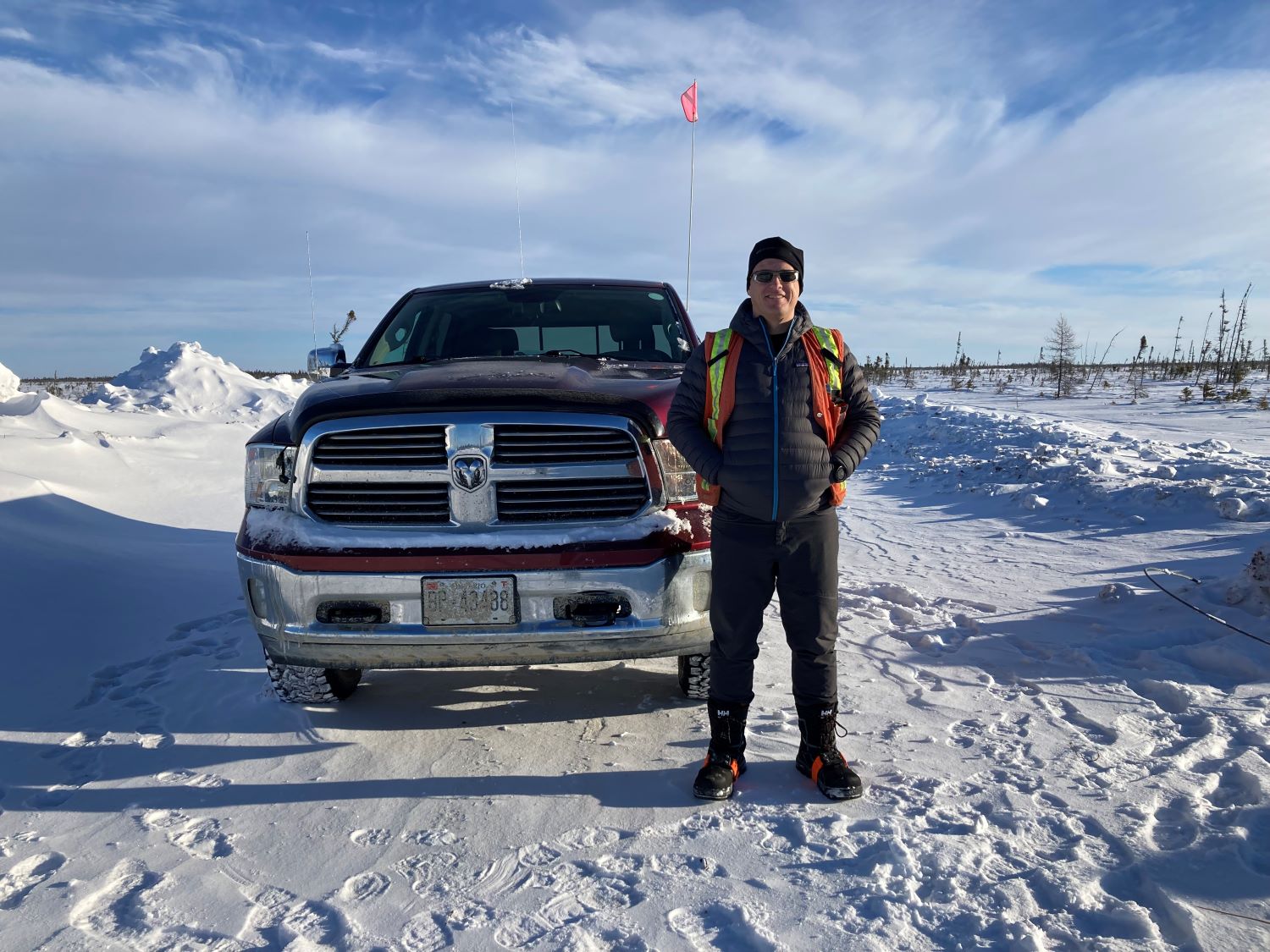
For Jamie Van Gulck, PhD’03, a career in engineering was a natural outflow of his interest in math, physics, science, and soil, the latter having developed while growing up on a farm.
But it wasn’t until he took a course in geotechnical engineering during his undergraduate studies that he considered turning those interests into a career.
Van Gulck continued his studies, eventually completing his doctorate in Geotechnical and Geoenvironmental Engineering, and decided academia was the route for his career. He focused his research on waste management and mine reclamation projects.
Four years in, he left the university where he was teaching and completing research to start his own engineering consulting practice.
“I felt I was missing something for my career path when I was at the university,” Van Gulck says. “I really enjoyed the teaching, I really enjoyed the research, but I had that desire in the back of my head to design and build projects.”
During his consulting career, Van Gulck worked with Indigenous organizations as well as private organizations advising on technical questions and developing policies to help with reclamation of mine sites. He also worked with territorial governments and permitting agencies to help estimate the cost to clean up mine site, oil and gas sites, and develop plans to help with closure and reclamation of these industrial sites.
And now, with decades of experience, he wants to bring all his accumulated knowledge back to the classroom. This past fall, he joined Smith Engineering as Assistant Professor in the Department of Civil Engineering, in a return to where his studies concluded just over 20 years ago.
“I've been lucky to be able to work in various sectors and gain various perspectives all with similar goals, and that is to make sure that a site is environmentally protected and closed in a safe manner,” he says. “I want to tell people and show people what it is like in industry and what engineering design is from a practitioner standpoint.”
Van Gulck’s unique blend of interests and experience make it hard for him to specifically identify what ‘kind’ of engineering he does. Though he falls under the Civil Engineering banner, he self-identifies as a “geoenvironmental engineer,” meaning he works on geotechnical design (the study of soil behaviours) as well as environmental management for geotechnical structures (helping to mitigate contamination and other environmental impacts from those sites) he helped clean up as a consultant.
Van Gulck is currently teaching first and second-year undergraduate students about engineering design and professional practice, as well as mechanics force for first-year engineering students. Additionally, he is supporting some graduate students working under other Smith Engineering faculty.
At the same time, Van Gulck is gearing up his research work, which will focus on topics such as:
- better ways to reclaim industrial sites in cold regions and reduce short and long-term environmental risk as well as cost,
- long-term monitoring and maintenance of sites which were previously cleaned up and subjected to climate change,
- technical and social processes that influence community solid waste management such as landfills, and
- facilitating community involvement and perspectives into these cleanup activities.
“I was lucky to work with the various agencies developing guidelines and tools for use in engineering practice in the Canadian north,” Van Gulck says. “There is a need to complete research to advance standard engineering practice in how to better protect the environment.”